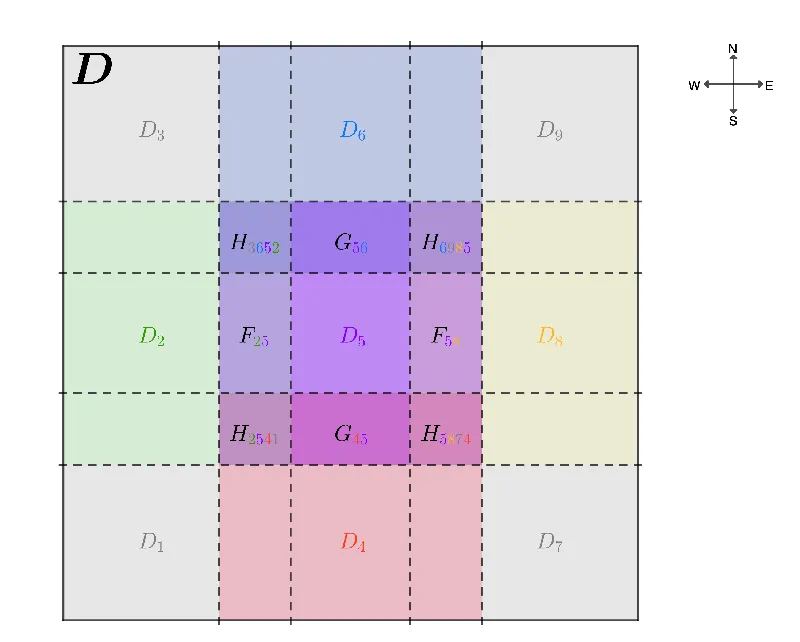Breaking Ground in Computational Efficiency: The Localized Particle Filter for Geophysical Data Assimilation

Recent advancements in particle filtering techniques signify a major step forward in how we can efficiently process complex geophysical data. A new class of filters, dubbed Localized Particle Filters (LPFs), presents a solution to the computational challenges posed by high-dimensional dynamical systems, making it particularly suited for applications in weather forecasting and ocean modeling.
The Challenge of High Dimensions
In typical particle filtering scenarios, states of a system are estimated using observational data combined with model predictions. However, as the dimensionality of these systems increases, a common issue arises: particle degeneracy. This occurs when the weights of particles become highly imbalanced, with only one or a few particles contributing to the overall estimate. It severely limits the ability of particle filters to represent complex distributions accurately.
Introducing the Localized Particle Filter (LPF)
The LPF alleviates these issues by partitioning the state space into smaller, localized regions. This approach allows for localized updates of particle weights and resampling, keeping computations more manageable and mitigating degeneracy. By leveraging the concept of limited spatial correlation, LPFs offer substantial computational gains while maintaining accuracy.
Application to Geophysical Data Assimilation
Weather systems and ocean currents inherently exhibit high-dimensional and non-linear dynamics. The LPF’s ability to localize updates is especially beneficial when assimilating data from advanced observational technologies, such as NASA's SWOT mission, which collects high-resolution altimetric data. The LPF effectively incorporates these observations, making it a formidable tool for real-time data assimilation in geophysical sciences.
Promising Results and Future Prospects
Initial tests using the LPF framework have shown promising stability and performance. In experiments using a rotating shallow water model, the LPF demonstrated comparable accuracy to traditional particle filters while significantly reducing computational demands. This efficiency is crucial for operational settings where time is of the essence.
As the development of LPFs continues, future research aims to explore their application in more complex models and integrate a broader range of observational datasets. The potential for LPFs to revolutionize data assimilation in oceanographic and atmospheric sciences is significant, paving the way for advancements in predictive modeling and climate monitoring.